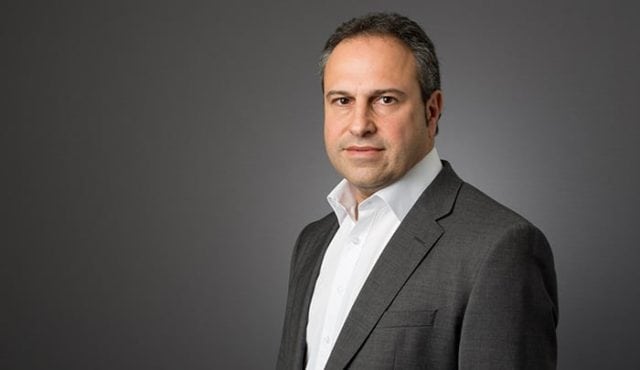Insurance claims on bridging loans on the rise
By Jonathan Newman
Title Insurance has become industry standard. It provides lenders with a reliable means to increase the appeal of their proposition, by reducing conveyancing time spent awaiting certain searches and undergoing full investigation in certain limited areas of the conveyancing process.
Originally devised to cover traditional title deficiencies, like restrictive covenant, or rights of way issues, it is now used to cover much wider and far reaching risks like fraud and enforceability.
Main players write cover on a bordereaux basis, to make transacting easier, rather than institutional providers who quote and cover on case by case basis.
Simply put, if you don’t have a title indemnity insurance relationship in the current market, you are at a disadvantage.
The suppliers have been able to operate thus because they know their customers well. They understand their due diligence processes, which must be to standard and the policy terms are prescriptive.
The relationship is key to insurers. They understand the culture of every lender; what drives them; and what each lender’s risk appetite looks like.
They must be comfortable with underwriting, both in terms of criteria and how that criteria are applied.
But the times they are a-changing.
There are new entrants to the market; higher LTVs; downward pressure on rates; funding pressures to lend; much increased volumes; significantly higher average loan sizes; and much reduced underwriting experience and expertise.
Many of these issues are reminiscent of the subprime market crash of the 80s.
And insurers are experiencing higher incidents of claims. Since 2016, the number of short-term and bridging lender claims has risen 24%, according to Titlesolv, the leading title insurance and property risk solutions provider.
Titlesolv looks to settle every valid claim within six months of it being made, but responding to a claim inevitably involves a detailed analysis of the lender’s underwriting and the conveyancing work of their solicitors.
Underwriting must adhere to the terms agreed and we expect solicitor’s files to be of the standard required to transact high value high speed conveyancing work.
This rise in claims should be a major concern for the whole industry. Reputationally, having spent so many years building the profile of the sector, it must not now be seen as cavalier.
Pragmatically, increased claims can only lead to higher premiums, impact policy coverage and in the worst cases, make it difficult for some lenders to secure insurance at all.
Commercially, that would place them at a huge disadvantage to competitors.
However, lenders who see title insurance as a cure-all for potential issues are sadly mistaken.
Likewise, solicitors who view title insurance to ignore basic issues which obviously justify enhanced investigation, do their lender clients a disservice and may affect cover.
The rush to speed at all costs, along with the demand to cut costs, may be a single-track marketing play, but is not likely to be applauded by title indemnity insurers who look for security over speed.
The latest hankering for dual representation is a case in point. Highlighted as providing the consumer with a cost and time benefit (though not proven to any degree), it poses an increased risk to the lender on enforceability, which presently, with independent legal representation, may be covered under some policies.
A significant change in process, like that and to that extent, might make insurers think again about offering cover, or the extent of cover which they do offer.
Any withdrawal of insurance by a provider would have a greater impact on transactional speed across the board than any dual, sole representation comparison.
Brightstone Law and TitleSolv agree that insurer and solicitor have much in common and a mutuality of interests.
Plans are now at an advanced stage for a joint seminar in the first half of 2019 on current trends in indemnity claims, how to avoid them and best practice loan origination and underwriting.
The seminar will be aimed at senior underwriters and to existing and prospective clients of both organisations.
It is important that all players in the market keep this conversation going, to ensure that both market needs are met and risks are appropriately managed.
Doing so will play a central role in helping to protect the hard-earned reputation of the sector.











You must be logged in to post a comment.